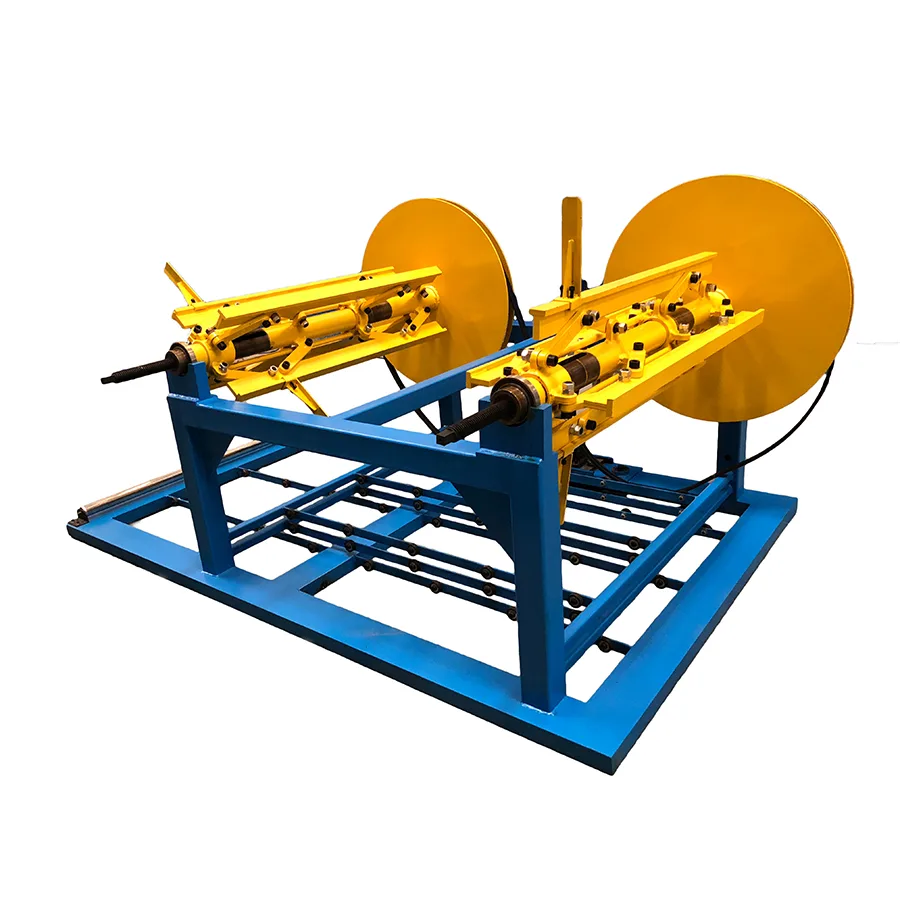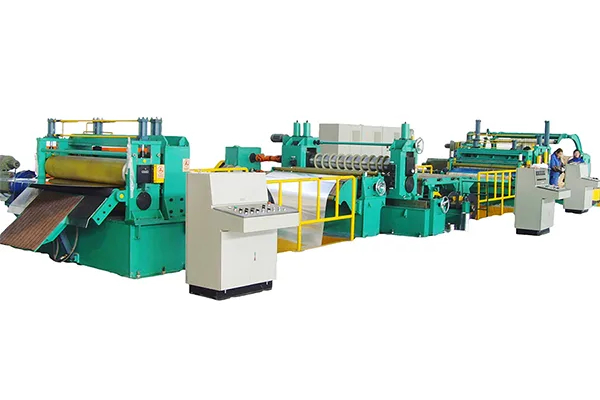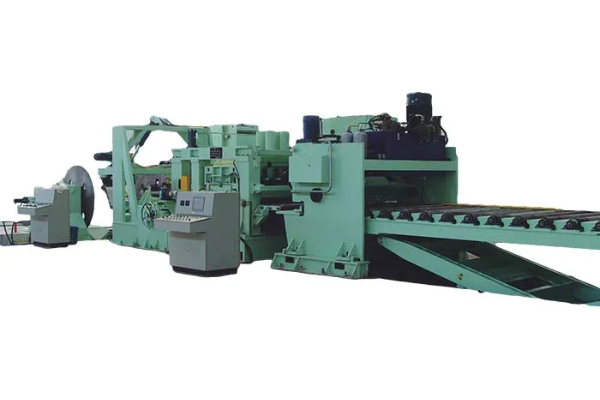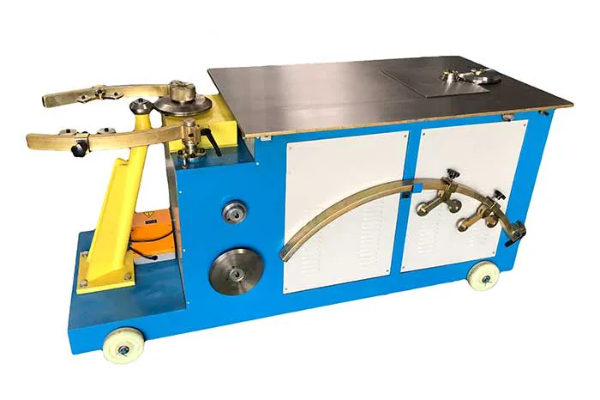
The Evolution of Metal Fabrication- Shear Metal Cutting Machines
- By:Metmac
- 2024-07-08
- 177
Introduction
Metal fabrication, the process of shaping and assembling metal components, has a long and storied history. From ancient blacksmiths to modern-day manufacturers, metalworkers have continuously sought out innovative techniques to shape and craft metal with precision and efficiency. Among the most important tools in the metal fabrication arsenal are shear metal cutting machines, which use sharp blades to cut through metal sheets and plates. Over the centuries, these machines have undergone a remarkable evolution, transforming from simple hand-operated devices to sophisticated computer-controlled systems.
Early Beginnings: Manual and Lever Shears
The earliest shear metal cutting machines were rudimentary hand-operated tools. These shears consisted of two blades, one fixed and one movable, that were operated by a lever. The metal sheet was placed between the blades, and the lever was used to apply pressure, causing the movable blade to cut through the metal. While these shears were effective for cutting thin sheets of metal, they were slow and labor-intensive.
Hydraulic Shears: Power and Precision
The advent of hydraulic power in the 19th century revolutionized metal fabrication. Hydraulic shears use a hydraulic cylinder to generate the force needed to cut through metal. These shears are much more powerful than manual shears, and they can cut through thicker sheets of metal with greater precision. Hydraulic shears also offer greater control over the cutting process, allowing operators to adjust the cutting speed and pressure to suit the specific material and thickness.
Guillotine Shears: Accuracy and Repeatability
Guillotine shears, also known as vertical shears, are a type of hydraulic shear that is designed for cutting large sheets of metal with extreme accuracy and repeatability. Guillotine shears feature a heavy-duty frame and a large cutting blade that moves vertically through the metal sheet. The blade is guided by precision linear bearings, ensuring straight and precise cuts. Guillotine shears are widely used in industries such as shipbuilding, construction, and automotive manufacturing.
Computer-Controlled Shears: Innovation and Automation
The development of computer-controlled technology has had a profound impact on metal fabrication. Computer-controlled shear metal cutting machines use CNC (Computer Numerical Control) systems to control the cutting process. These machines are capable of cutting complex shapes and patterns with high precision and repeatability. Computer-controlled shears also offer advanced features such as automatic tool changing and collision detection, which minimize downtime and improve safety.
Fiber Laser Cutting Machines: The Future of Shearing
Fiber laser cutting machines are the latest innovation in shear metal cutting technology. These machines use a high-powered fiber laser to cut through metal. Fiber lasers offer a number of advantages over traditional shear cutting methods, including faster cutting speeds, finer edge quality, and the ability to cut a wider variety of materials. Fiber laser cutting machines are expected to play a major role in the future of metal fabrication, as they offer the potential for even greater efficiency, precision, and versatility.
Conclusion
The evolution of shear metal cutting machines has been driven by a continuous quest for increased efficiency, precision, and versatility. From simple hand-operated tools to sophisticated computer-controlled systems, these machines have played a vital role in shaping the metal fabrication industry. As technology continues to advance, we can expect to see even more innovative shear metal cutting machines emerge in the years to come, further revolutionizing the way we shape and craft metal.
-
Sheet Metal Rolling Machine for Sale: Finding Precision and Durability with METMAC
2025/12/09 -
Press Brake Bending Machine: Engineering Precision with METMAC
2025/12/09 -
CNC Sheet Bending Machine: Precision Redefined with METMAC
2025/12/09 -
Sheet Metal Roll Forming Machines: The Precision of METMAC Engineering
2025/12/09
-
Advanced Sheet Metal Rolling, Laser Cutting, and Folding Machines for Precision Fabrication
2025/10/31 -
High-Performance Sheet Metal Bending and Cutting Machines for Modern Fabrication
2025/10/31 -
High-Quality Sheet Metal Equipment for Sale: Efficient Solutions for Modern Manufacturing
2025/10/31 -
High-Performance Sheet Metal Equipment for Sale: Forming and Shearing Solutions for Modern Fabrication
2025/10/22
-
A Guide to the Latest Innovations in Sheet Metal Folding Machines
2024/11/29 -
Key Features to Consider When Investing in a Sheet Metal Folding Machine
2024/11/28 -
Enhancing Precision with Advanced Sheet Metal Folding Machines
2024/11/27 -
How to Choose the Right Sheet Metal Folding Machine for Your Workshop
2024/11/26







